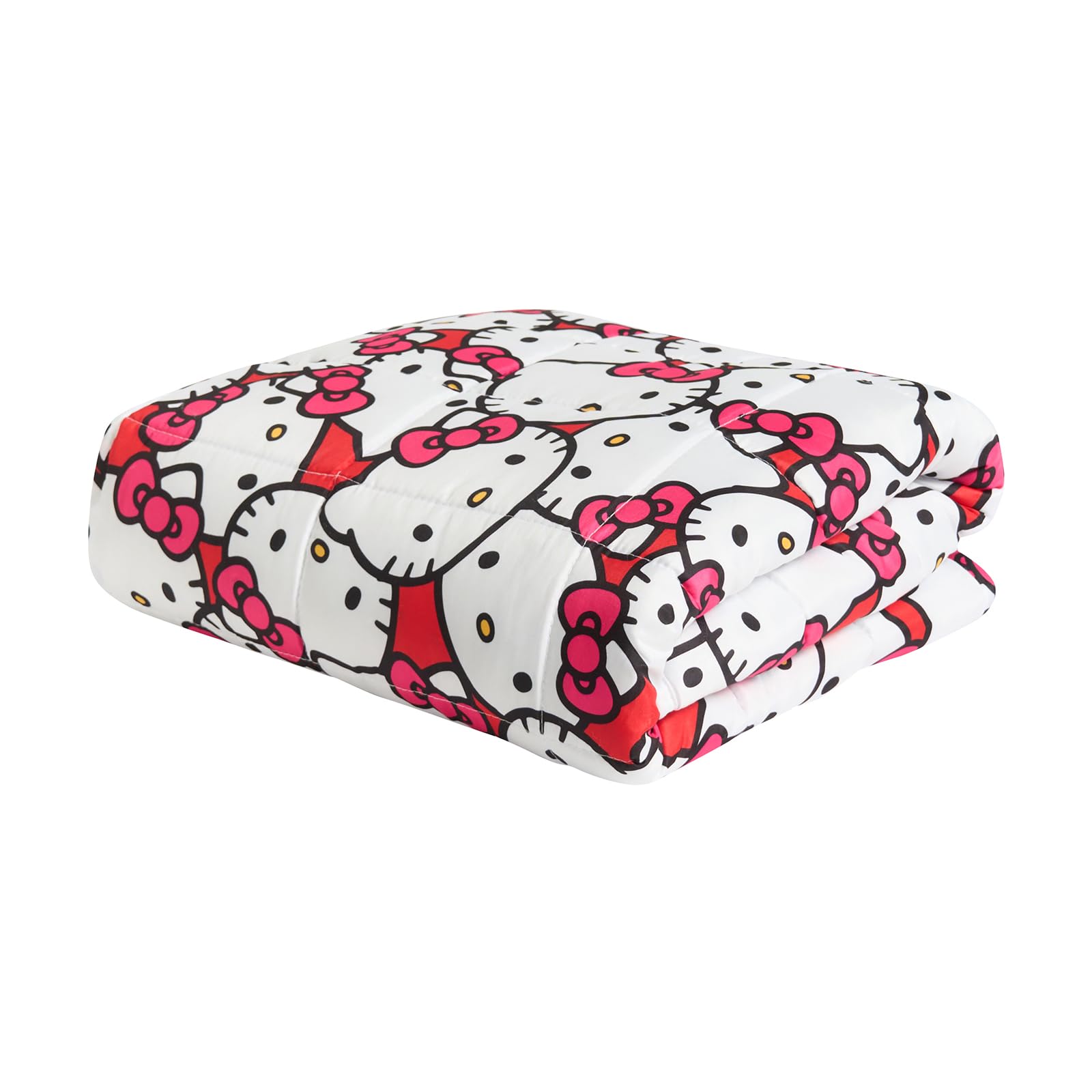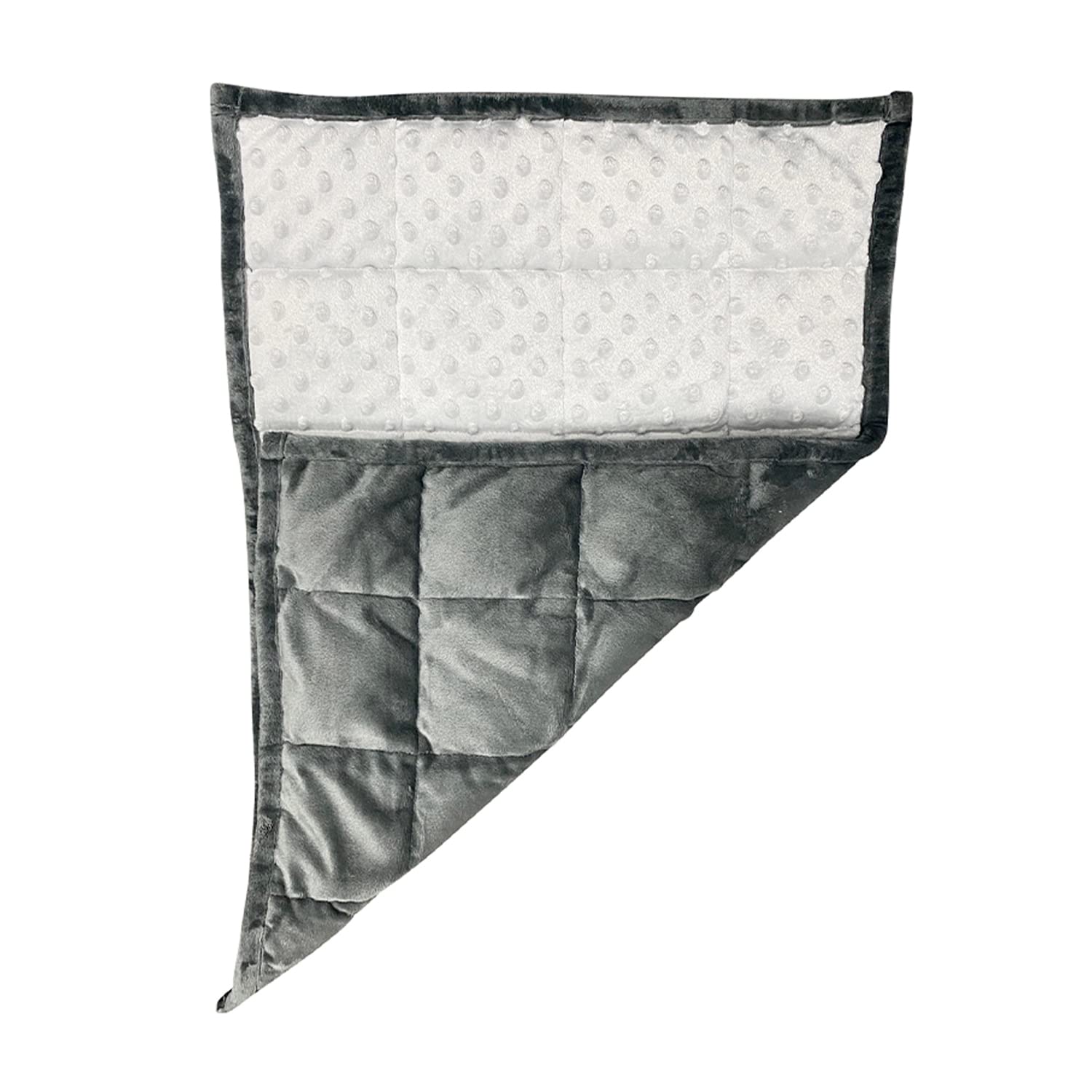Weighted blankets can help some children settle at bedtime, but safe use depends on age, weight and the child’s ability to move the blanket on their own. This guide explains when a weighted blanket may be appropriate for kids in the UK, how to choose the right weight and size, and what safety rules to follow. If you are considering a blanket for a specific therapeutic reason, consult a clinician for personalised advice.
Deep pressure comfort comes from weighted blankets with breathable covers.
Age and Readiness
Weighted blankets are not suitable for babies or very young children. Only consider a blanket when a child can clearly remove it without assistance and understands how to use it. For many families, this means late primary years or older. Always prioritise the child’s comfort and sense of control over the blanket. If a child resists or feels confined, do not use one.
How to Choose Weight
A simple rule is to select a blanket around eight to ten percent of the child’s body weight. For a 30 kilogram child, a 3 kilogram blanket is a common choice. If your child sleeps hot or is small for their age, choose the lower end. If they enjoy deeper pressure and are comfortable moving under the blanket, the upper end may feel better. Always test while supervised and be willing to adjust if the child seems uncomfortable.
Pick a Child Friendly Size
Choose a personal size that covers the child’s body without hanging far over the edges of the bed. Overhang can increase weight and make the blanket slip off during the night. A throw that matches the child’s shoulder to ankle length works well and is easier to handle and wash. On a sofa, a smaller throw is simple to fold and carry.
Cooling Fabrics and Seasonal Use
Children often run warm. A breathable cover in bamboo, lyocell or cotton percale keeps the blanket comfortable. In winter, pair the blanket with a sensible duvet tog and breathable pyjamas rather than increasing blanket weight. A removable cover makes washing easier and lets you swap fabrics as seasons change.
Safety Rules for Parents
Make sure the child can remove the blanket unaided at any time. Keep the blanket below the shoulders and never cover the head or neck. Do not use if a child is unwell, has circulation or respiratory issues, or is unusually tired. Avoid weighted blankets in cots and for children who sleep in top bunks where blankets may fall. Use in a calm environment and introduce gradually so the child can decide whether it feels good.
Alternatives to Try
If a weighted blanket feels too warm or heavy, a lightly weighted lap pad for evening reading can provide similar calming input. A soft, breathable duvet with a reassuring drape, regular bedtime routines and a cool, dark bedroom also improve sleep quality. For sensory needs, consult an occupational therapist for tailored tools and strategies.
Kid-sized designs, lighter weights and removable covers are grouped in weighted blankets for UK families; cooler bedding usually means breathable sheets and a suitable duvet.
FAQs
What weight is safe for a child? Around eight to ten percent of body weight is a common guideline, but readiness and comfort matter more. Start lighter and observe carefully.
Can siblings share a weighted blanket? It is better for each child to have a blanket matched to their own size and preferences. Sharing can lead to uneven coverage and discomfort.
How do I know if it helps? Track bedtime and wake times for a week before and after introducing the blanket. Note how quickly the child settles and whether they wake less often.





